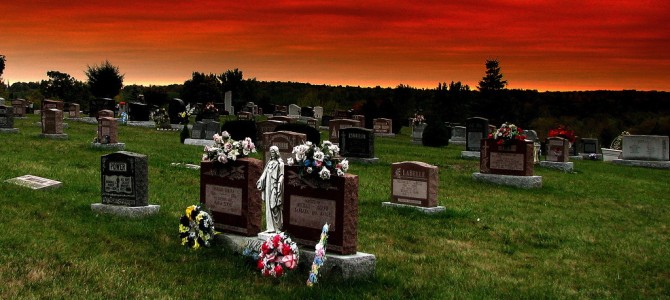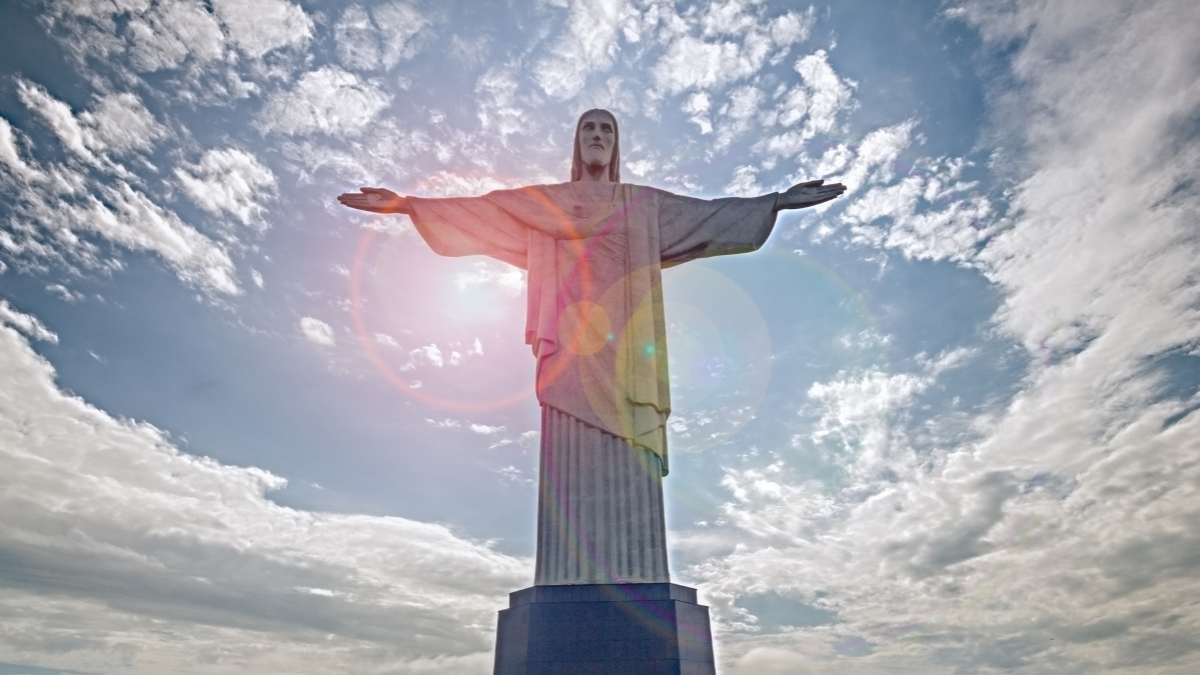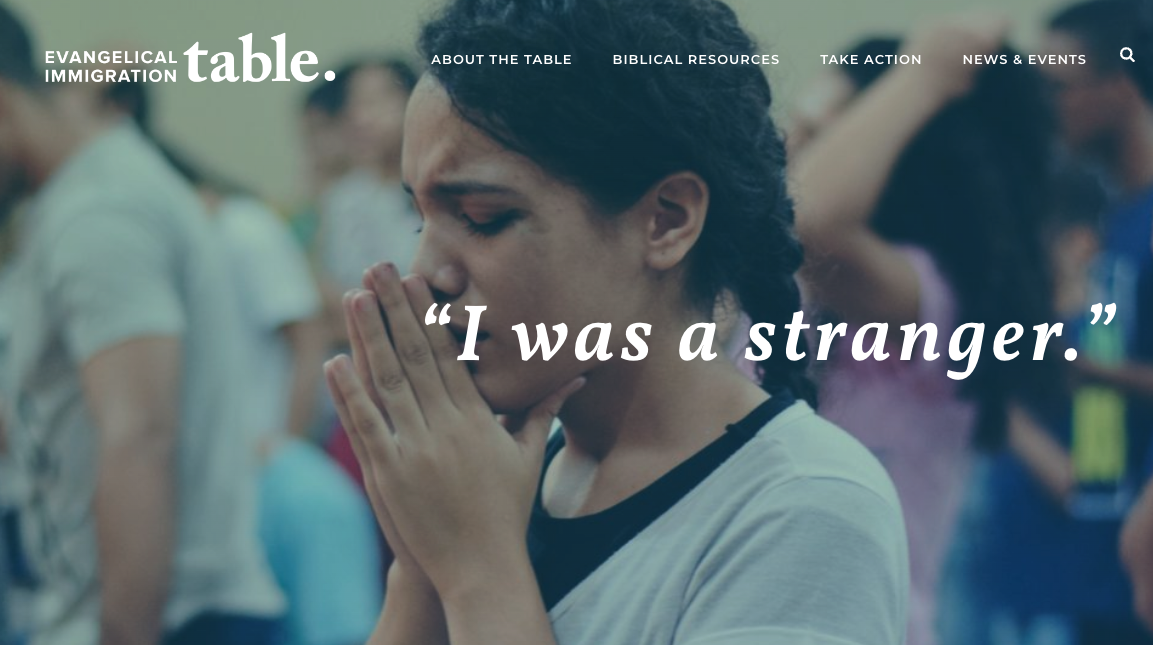Like most people, I don’t particularly relish encounters with death. But, welcome or not, I’ve had my fair share. I’ve clasped a woman’s hand as her breathing slowed, became sporadic, and finally ceased. Through the cramped hallways of an ancient farmhouse, down which no stretcher could be maneuvered, I helped heft the sheet-wrapped body of a family’s matriarch to carry her to the waiting hearse. When a small Oklahoma church mourned a member who’d fallen asleep at the wheel, late at night, early in life, I was there, thinking of the joyless “Joy the World” the band of believers had choked out the day before that December 26th funeral. In each of these situations, the death of the young or the old, there was within me a desire to lighten the load of grief borne by the survivors, to shine a ray of life into the gloom of death.
Because of that desire, when I first heard about families opting to have a so-called “Celebration of Life” service for their departed loved ones, instead of a funeral, my interest was piqued. Perhaps here was a viable alternative. The name alone effuses a positive, uplifting appeal that “funeral” or “memorial service” can’t begin to match. Celebrations are good, right? And, life, well, who can possibly have any qualms about that? Perhaps this approach to confronting death, at least the ceremonial part of saying goodbye, would help alleviate some of the pain associated with, and expressed in, a more traditional rite. Maybe it was time to have a funeral for the funeral.
What is a Celebration of Life?
So what makes a Celebration of Life different? Rather than a focus upon the loss of a loved one, this service rewinds the present into the past, to draw the mourners back into the life lived by the deceased. It’s like a miniature, enacted biography of the person, with a focus upon those qualities, interests, and achievements that his family and friends found most endearing about him. Whereas a traditional funeral is structured around a liturgy, in this ceremony stories about the person—serious or lighthearted—take center stage. It is his funeral, after all, so shouldn’t it be about him?
To use an example provided by the National Funeral Directors Association, suppose the deceased was a boot-wearing, hat-sporting cowboy named Wyatt. What might Wyatt’s Celebration of Life look like? How might he “want to ride off into the sunset one last time?” Rather than using a hearse, why not a covered wagon to transport Wyatt’s body to the cemetery? His saddle, bridle, and favorite rope could be displayed at the service. Since he was more into George Strait than Charles Wesley, country and western songs could form the musical background of his celebration. If there’s a procession, his horse could plod along in it. And, since most services include a meal afterward, a BBQ would be right down Wyatt’s alley In all this, the perspective shifts from the tear-filled reality that Wyatt is dead to the smile-filled remembrance that Wyatt was once alive. Every detail in this Celebration of Life must reinforce that death is not mourned so much as life is celebrated.
To guarantee that the Celebration of Life dovetails with the desires of the departed, pre-death planning is strongly encouraged. Indeed, it’s almost a must. What better way to have the celebration you want than to plan it yourself? In fact, this is a large part of its appeal. This possibility resonates especially well with that aging, voluminous generation for whom self-determination is the spice of life: the baby boomers. According to Mark Duffey, the CEO of Everest, a funeral planning and concierge service, the boomer generation is revolutionizing the funeral industry:
“If you're 75 or older, the mentality is: ‘I want to have the same funeral that we had for Aunt Mildred; I don't want to be a bother, I don't want to be showy,’” he said. “You get below 70 and, all of a sudden, it's changing. Now people are saying, I'm a boomer and I want to be talked about.”
And be talked about they will, for if a Celebration of Life is anything, it is individualism’s last hurrah, in which not God, not death, not resurrection, not even mourners are the focal point, but the deceased, who is host of his very own posthumous party.
Two Grave Dangers
Danger affects its greatest damage in a society when it makes its debut dressed in the garb of positivity. When it looks a culture in the eye, warmly shakes hands, and introduces itself as something that can “improve,” “uplift,” or “make it easier on everyone involved,” then it stands a much greater chance of making that good first impression a lasting one. It needs something else as well, a playground-safe name, one as sweet as apple pie and down-home as Chevrolet.
Properly introduced, skillfully named, and packaged to appeal to the ego, such danger rapidly infiltrates a culture to inculcate its agenda. And if can do so by worming its way into a common cultural phenomenon, such as a service for the deceased, and gradually morph it into something “new and improved,” well, so much the better. That is precisely what the Celebration of Life has been up to. Although they may initially appear innocuous, or even attractive, these celebrations represent a dual danger: they perpetuate and even formalize our culture’s egocentrism, and they rob life of its true value by refusing to address its end and the meaning thereof. Let’s take a look at each of these dangers.
Necronarcissism
Perhaps egocentrism, even in death, is best illustrated by one of the most memorable scenes from “The Adventures of Tom Sawyer.” While Tom and his pals Huck and Joe were off hiding on a nearby island, pretending to be pirates, the townsfolk assumed the worst about their disappearance. A funeral was planned for the three boys, victims, no doubt, of those muddy Mississippi waters. Tom and his comrades couldn’t resist the temptation to attend their own funeral. Hiding in an unused gallery of the church, they were all ears as the minister eulogized the “graces” and “winning ways” of the lads, to which he and so many others had been blind while the boys were still among the living.
Such was the eloquence of the preacher that “the congregation became more and more moved, as the pathetic tale went on, till at last the whole company broke down and joined the weeping mourners in a chorus of anguished sobs, the preacher himself giving way to his feelings, and crying in the pulpit.” Seizing this opportunity, the three dead boys strolled down the aisle of the church into this mayhem of mourning, leaving all in attendance temporarily dumbfounded. Shock, however, soon gave way to cries of joy from the families, as they embraced and rained down kisses upon them. As Tom stood there, basking in the glory of being the center of attention, he “looked around upon the envying juveniles about him and confessed in his heart that this was by far the proudest moment of his life.”
The praises he heard heaped upon him from the pulpit, the tear-tale signs that his death had unloosed such an outpouring of grief, and the envy of his fellows conspired together to make this “by far the proudest moment of [Tom’s] life.” The irony, of course, is that this acme of pride was reached at his own funeral. Every eulogizing word boosted his ego. Every tear watered his pride. He was able to twist the ceremony that confronted death and loss into one in which he gained enviable status in life. Tom made sure that Tom’s funeral was all about Tom.
While this youth’s novel antics make for a good story and a hearty laugh, juvenile as they obviously are, in the real world such all-about-me-ness is not nearly as funny. Indeed, it is destructive. What makes community life viable, in groups as small as a family or large as a country, is the will of individuals to makes sacrifices for others, to consider more than their own needs and wants, and to act accordingly. The more robust this other-focused approach to life is, the healthier the community will be. For that reason, there is no greater threat to the cohesion and perpetuation of a society than narcissism. The narcissist operates not according to an objective set of values or beliefs, nor are the needs of others an impetus for his actions, but his whole world is centered in the navel at which he gazes. The be-all and end-all reason for his existence is the man in the mirror. Therefore, the question he poses, whenever any decision must be made, is quite simply this: “What’s in it for me?”
Now that it’s becoming increasingly popular to plan my own end-of-life service in a way that ensures that I will be the center of attention, that I will be talked about, that it will be “by far the proudest moment of my life,” egocentrism extends beyond this life into a kind of necronarcissism. We may not be as lucky as Tom, eavesdropping on our own eulogy, and gorging our pride thereby, but we’ll at least plan our own going-away party to guarantee that the answer to “What’s in it for me?” meets our qualifications.
Let it be said that, yes, it is well and good to be involved in planning your own funeral: choosing hymns and readings; pallbearers and the minister; and dealing with the nitty-gritty of casket selection, plot purchase, and the like. Such planning can relieve the family of making decisions under the stress of grief. What is at issue is not planning but priority. Will the priority of the end-of-life service be the exaltation of the individual or will it confront the reality of death honestly and constructively. And that brings up a second, more serious, concern with a Celebration of Life.
Downplaying Death
The other danger revolving around a Celebration of Life is harder to detect, for it is camouflaged by euphemistic language and wears a smiling mask that whispers half-truths that we, especially in the throes of grief, want to believe as if they’re nothing short of gospel. The danger is simply this: that we downplay death and, in so doing, fail to fully appreciate life. Stripped of its euphemistic language, the get-together billed as a “celebration” or even a “party” is, in truth, a gathering of mourners around a corpse. And that dead body not only preaches that death has claimed this particular life, but it betokens our own inevitable demise. To the extent that we bury our head in the sand when confronted with the reality of death, to that same extent we miss out on an opportunity to learn more about, and to appreciate more deeply, the life that is ours.
It should come as no surprise that a culture which has euphemized the beginning of life has also euphemized its end. A woman is not pregnant with a child, but an “embryo” or a “fetus.” If that “fetus” is unwanted, the “patient” can opt to exercise her “reproductive rights” by going to a “medical professional” to “terminate” the pregnancy through “abortion.” These euphemisms are convenient shields behind which one can hide when confronted with the truth that a mother can hire someone to kill her baby. They are verbal enablers of self-deception, vague, generic utterances into which we can stuff whatever meaning suits our fancy or pacifies our conscience. In the case of abortion, euphemisms enable our culture to look the truth of life square in the face and deny its existence. In the case of a Celebration of Life, euphemisms apply the makeup of life to the face of death.
Welcome to a world in which the womb becomes a casket and funerals become fun.
If you fast-forward to the end of life you will find euphemisms galore, along with the relatively new formalization of death’s disguise in the Celebration of Life. Whereas a funeral, at least in traditional Christianity, takes death seriously, and balances the truth of grief and loss with the hope of life and resurrection, the Celebration of Life looks neither to the present of grief nor the future of hope, but solely to the past. Its focus is neither faith nor hope but only love of what was lost. And in this case, the greatest of these is not love. Call it a celebration all you want; life is not so much celebrated as death is ignored. Therein lies a great tragedy, for a Celebration of Life is a missed opportunity to understand death aright.
In the Christian tradition, neither life nor death are ‘natural.’ Life is always a gift from God and death is always the consequence of sin. Embedded within human nature is a mortality originally alien to it, but now inextricably united to our nature. Each death bears witness to that fact. Any talk of life which fails to talk of death, its origin and cause, is like drinking from a mirage. When a funeral degenerates into a Celebration of Life, mourners may find temporary relief in the nostalgia of the memories, but they will be deprived of true and lasting healing that comes only after confronting death and finding life in Another.
What the Bereaved Truly Need
While the old adage, “A funeral is for the living,” is true, it is an ambiguous truth. It leaves unanswered the question: for what purpose is it for the living? The assumption behind the saying is that death creates a need, or needs, that must be addressed. While these needs vary in kind and number from individual to individual, at the core of them all is this: the need to find that death is not the end, that life will have the last word.
Despite its name, a Celebration of Life is ill-equipped to address that. It’s focus is upon a dead person, not a living and vivifying God. Nor does it take seriously the reality and cause of death, without which life cannot be understood. Indeed, it seems an ideal Trojan horse to roll into a religious service, for inside it are hidden many of the same errors that devalue life in our culture.
The bereaved need, and deserve, something better. They deserve a service that speaks frankly and honestly about death, while anchoring the survivors in a hope that extends beyond this world. If any life is to be celebrated, let it be the life of the One who alone can lighten the load of grief borne by the survivors, and who shines a ray of his life into the gloom of death.
Find Chad’s poetry and musings at Flying Scroll.










